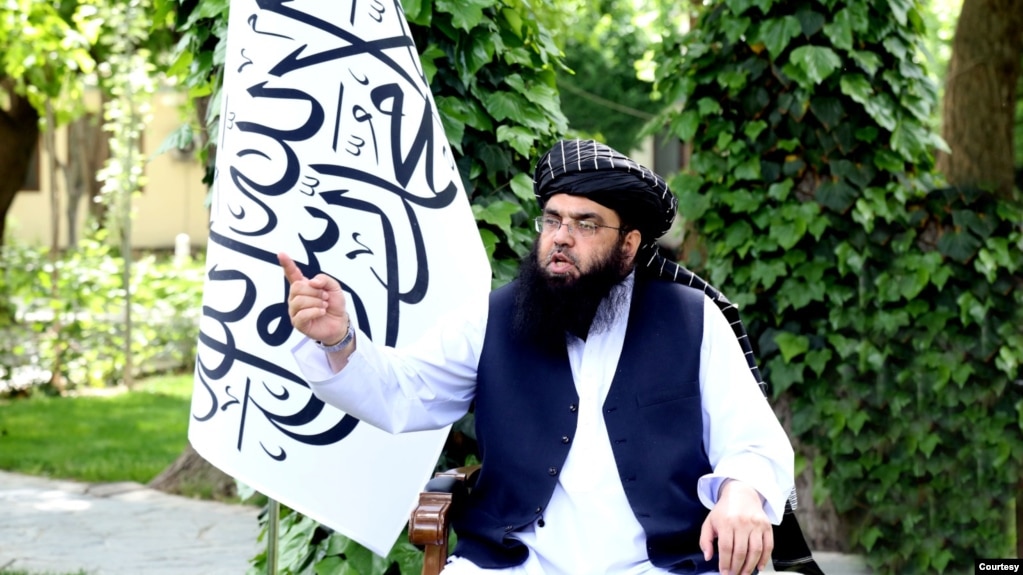Afghanistan Goverment
⇒Unveiling the Layers of Afghanistan's Government: A Closer Look at its Structure and Function
 |
| Current Prime Minister Of Afghanistan (Mawlawi Abdul Kabir) |Credit: Dunya News |
➡Understanding the Dynamics of Afghanistan's Political Landscape
Introduction:
Afghanistan's government, shaped by its tumultuous history and complex social fabric, plays a vital role in the country's governance and development. In this article, we delve into the intricacies of Afghanistan's government system, exploring its structure, key institutions, and the challenges it faces in fostering stability and progress.
Structure of the Government: A Blend of Tradition and Modernity:
Afghanistan operates under a presidential system with a bicameral legislature. At its core is the executive branch led by the President, who is both the head of state and head of government. The President is elected through a direct popular vote and serves as the chief executive, responsible for implementing policies and overseeing the administration.
The Parliament, comprising the House of People (Wolesi Jirga) and the House of Elders (Meshrano Jirga), forms the legislative branch. The Wolesi Jirga represents the people and consists of elected members, while the Meshrano Jirga includes representatives from the provinces, appointed by the President. Together, they play a crucial role in lawmaking, policy formulation, and ensuring checks and balances within the government.
 |
| Afghanistan's Taliban appointed Abdul Kabir as their caretaker prime minister, it was announced on May 17, 2023. (Photo courtesy Taliban official media) |
The Supreme Court, as the highest judicial authority, interprets the Constitution and safeguards the rule of law. It consists of nine members appointed by the President and confirmed by the Parliament. The court plays a vital role in upholding justice, resolving disputes, and protecting citizens' rights.
The Independent Election Commission (IEC) is responsible for organizing and conducting elections across the country. It ensures transparency, fairness, and credibility in the electoral process, allowing Afghan citizens to exercise their democratic rights and choose their representatives.
The High Council for National Reconciliation (HCNR) is an important institution established to facilitate peace talks and negotiations with various stakeholders, including the Taliban. It aims to achieve lasting peace and reconciliation in Afghanistan, crucial for the country's stability and progress.
Challenges and the Path Ahead:
Afghanistan's government faces numerous challenges in its quest for stability and effective governance. Persistent security threats, political instability, corruption, and ethnic tensions pose significant hurdles. The country's geopolitical location, caught between regional powers, adds complexity to its governance dynamics.
Efforts are underway to address these challenges and build a more inclusive and accountable government. Strengthening democratic institutions, promoting transparency, and empowering civil society are essential steps towards achieving a stable and prosperous Afghanistan. International support and cooperation play a crucial role in assisting Afghanistan's government in its journey towards sustainable development and peace.
Conclusion:
Afghanistan's government, with its blend of traditional values and modern governance structures, plays a crucial role in shaping the nation's destiny. The structure and functioning of its institutions, although facing significant challenges, aspire to foster stability, democracy, and progress. As Afghanistan works towards a brighter future, it is essential to recognize the complexities of its political landscape and support its efforts to build a resilient and inclusive government that can effectively address the needs and aspirations of its diverse population.

Post a Comment